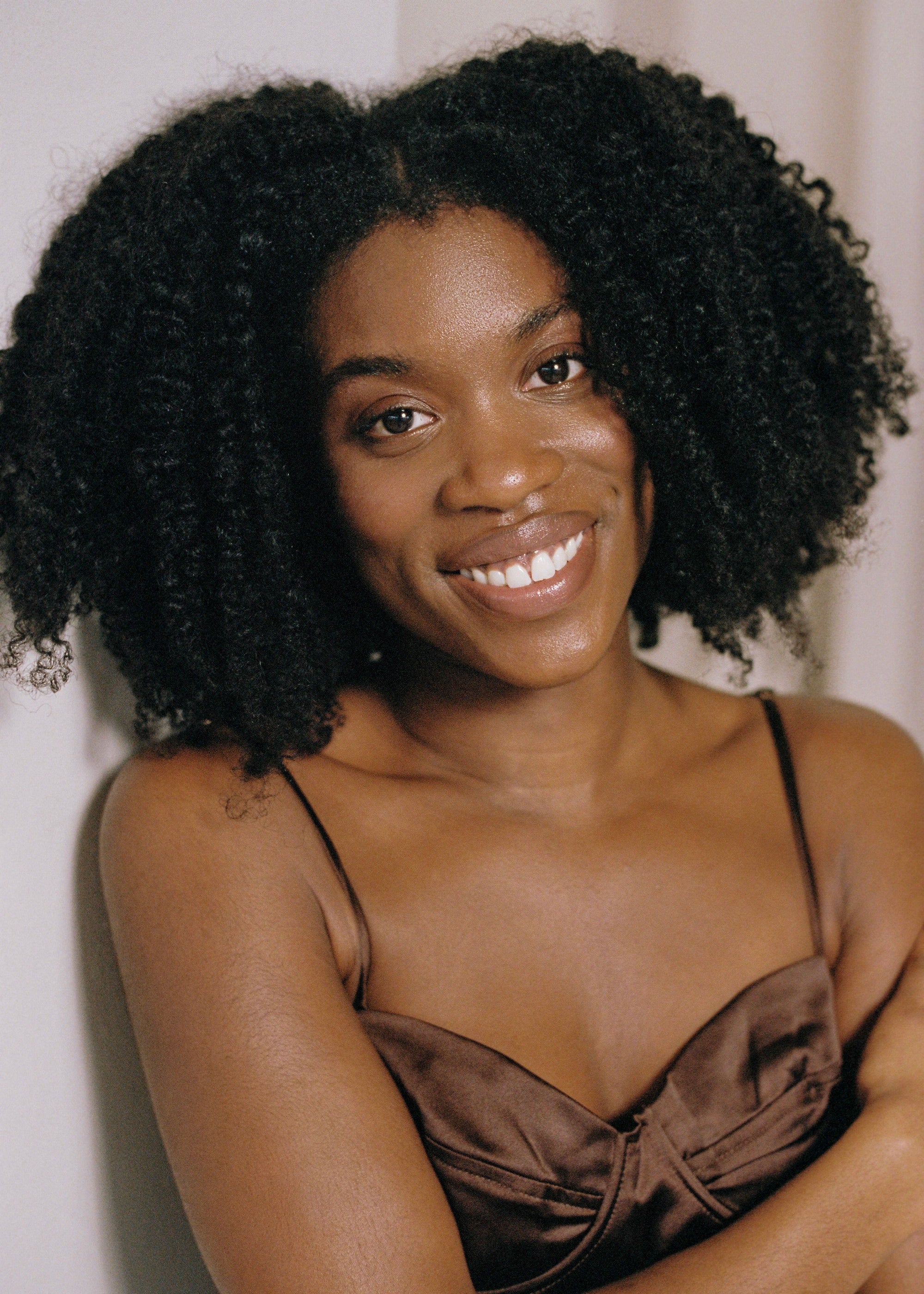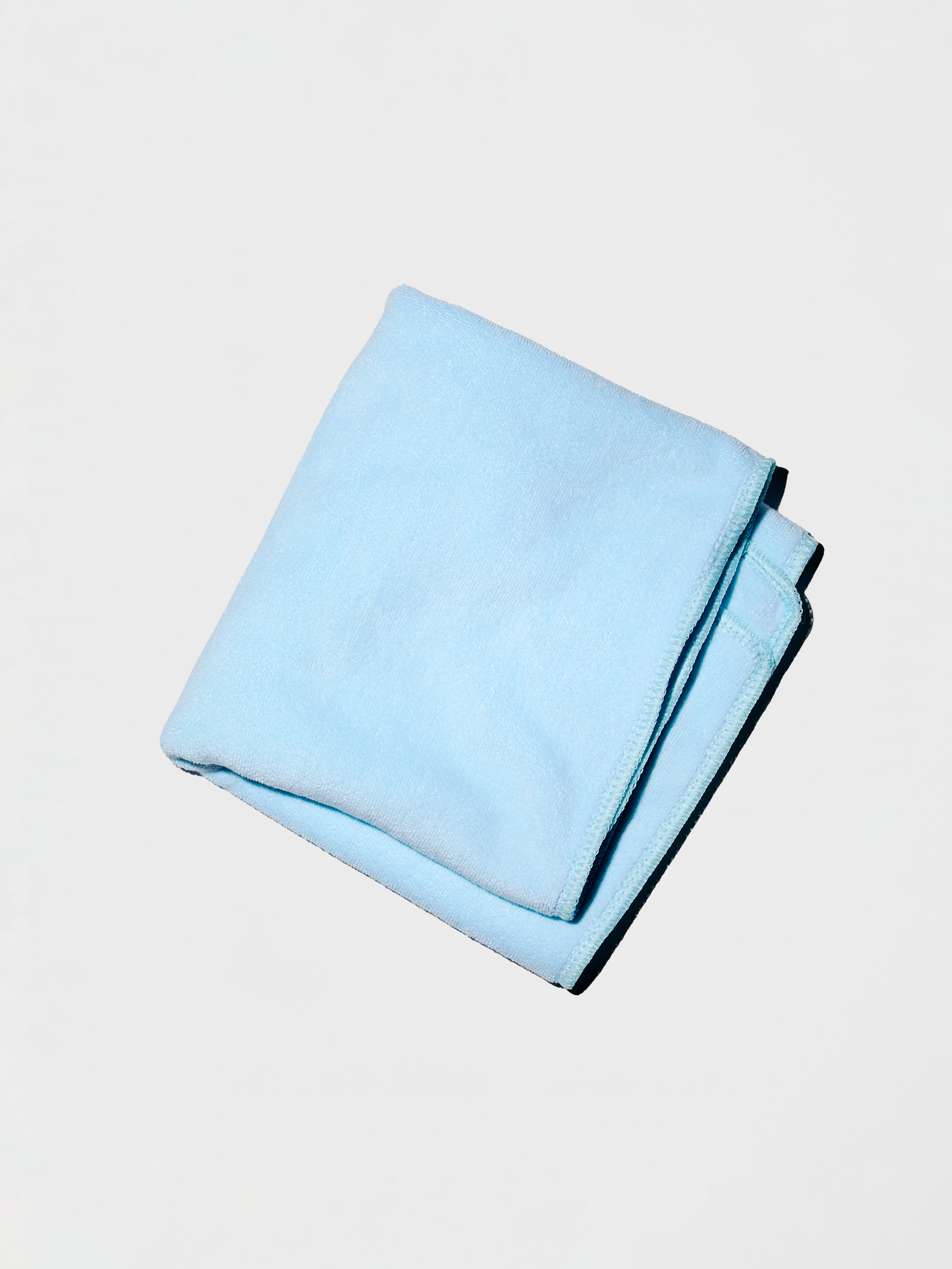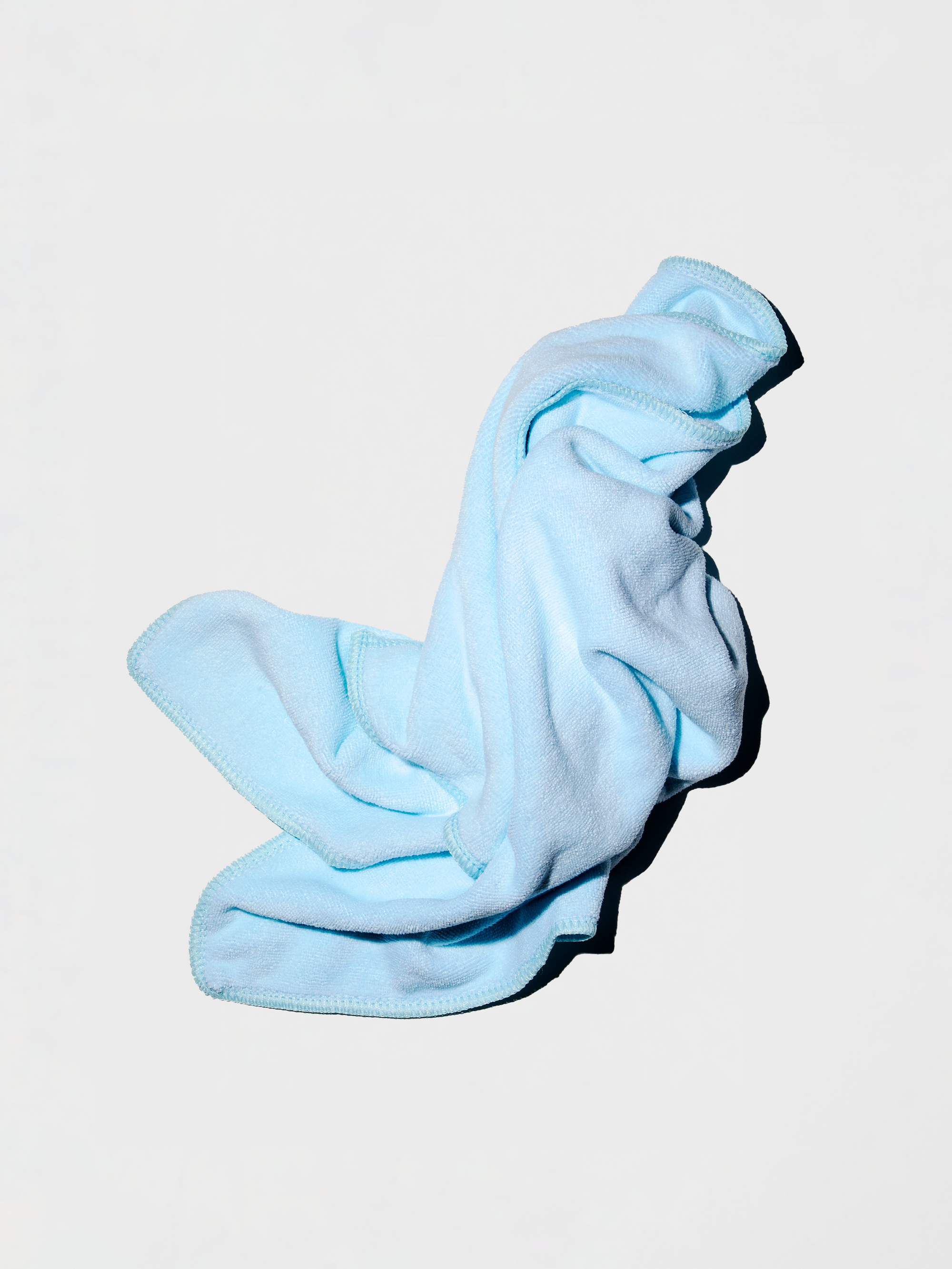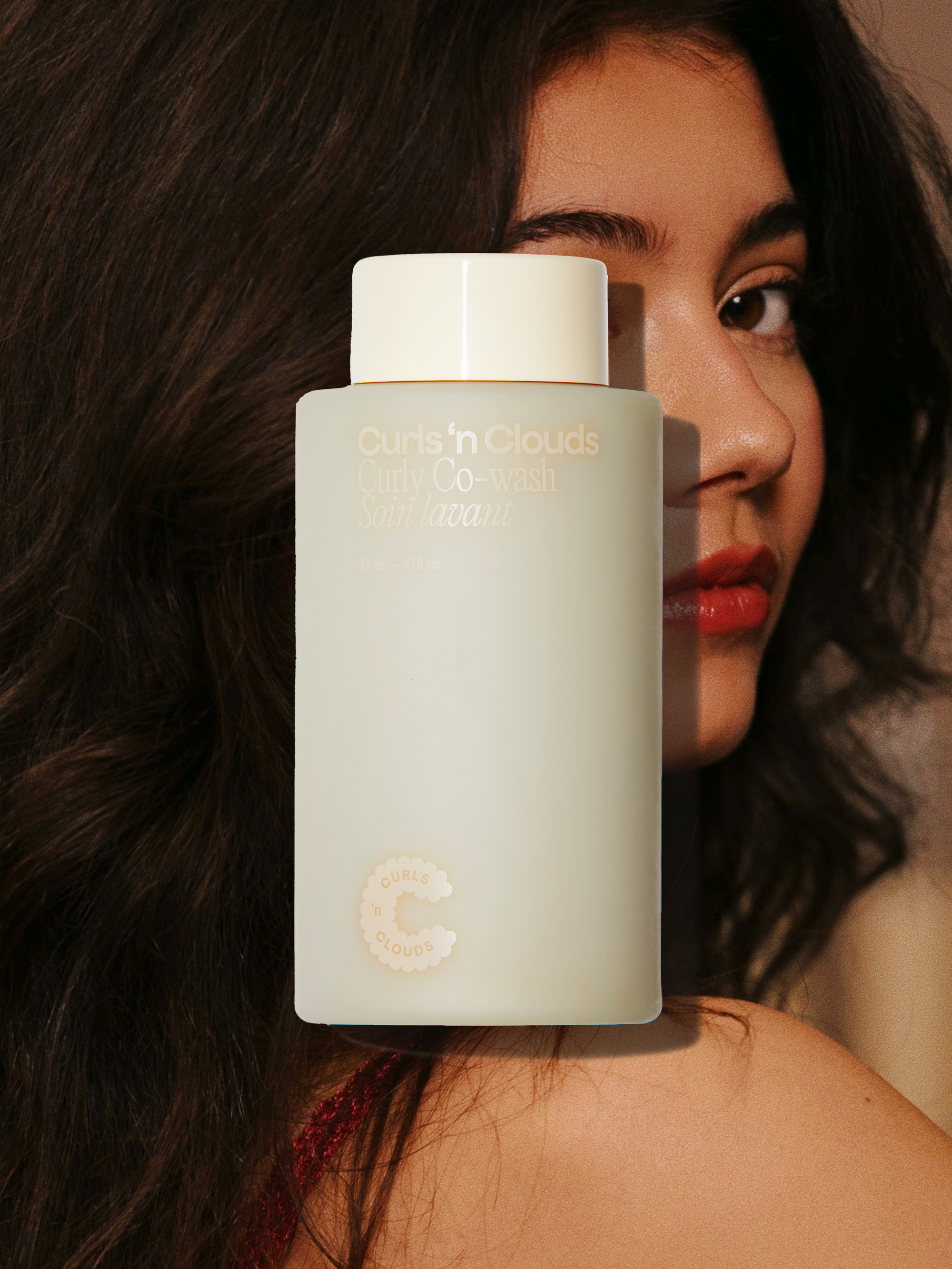
Going Natural: A Beginner's Guide to Transitioning from Chemical Treatments to Natural Curls
As curly girls, we know that our hair is unique and requires specialized care. Many of us have relied on chemical treatments such as relaxers or perms to manage our curls, but there comes a time when we want to embrace our natural texture. Transitioning from chemical treatments to natural curls can be a daunting task, but with a little guidance, it's definitely achievable.
First and foremost, it's important to acknowledge that transitioning to natural hair is a journey, not a quick fix. The process can take anywhere from several months to a year, and it requires patience and commitment. Here's a beginner's guide to transitioning from chemical treatments to natural curls.
Step 1: Decide on Your Transitioning Method
There are two main transitioning methods: the big chop or gradually growing out your hair. The big chop involves cutting off all of your chemically treated hair and starting fresh with a short natural style. This method may be daunting for some, but it allows for a fresh start and eliminates the need for constant upkeep on two different textures. Gradually growing out your hair involves slowly trimming off your chemically treated hair as your natural curls grow out. This method can be less drastic, but it requires a bit more upkeep and patience.
Step 2: Choose Protective Styles
During the transitioning process, it's important to protect your hair from damage and breakage. Protective styles like braids, twists, or weaves can help minimize manipulation and give your hair a break from daily styling. Just be sure not to keep your protective style in for too long, as this can lead to tangling and matting.
Step 3: Hydrate and Moisturize Your Hair
Curly hair needs moisture to thrive, and this is especially true during the transitioning process. Be sure to hydrate and moisturize your hair regularly with deep conditioning treatments, leave-in conditioners, and oils. Try to avoid heavy products that can weigh your hair down and cause build-up.
Step 4: Trim Your Hair Regularly
Trimming your hair regularly is important during the transitioning process, as it helps to eliminate damaged or split ends. Be sure to visit a professional stylist for regular trims and avoid trimming your hair yourself, as this can lead to uneven cuts and more damage.
Step 5: Embrace Your Natural Texture
Embracing your natural texture can be a challenge, especially when you're used to chemically treated hair. But remember, your curls are beautiful and unique, and embracing your natural texture can be incredibly empowering. Experiment with different styling techniques and products until you find what works best for your hair type and texture.
Transitioning from chemical treatments to natural curls is a journey that requires patience and commitment. But with the right guidance and a positive attitude, it's definitely achievable. Remember to choose the transitioning method that works best for you, protect your hair with regular trims and protective styles, and hydrate and moisturize your curls regularly. And most importantly, embrace your natural texture and rock those curls with confidence.





